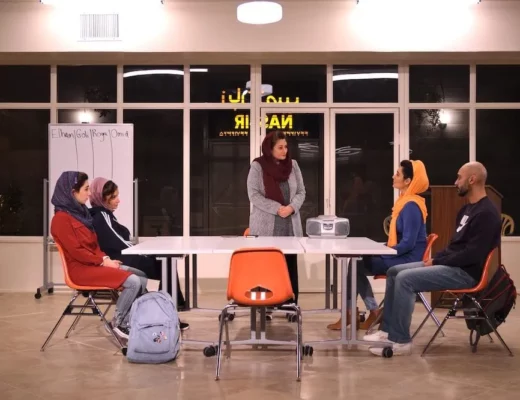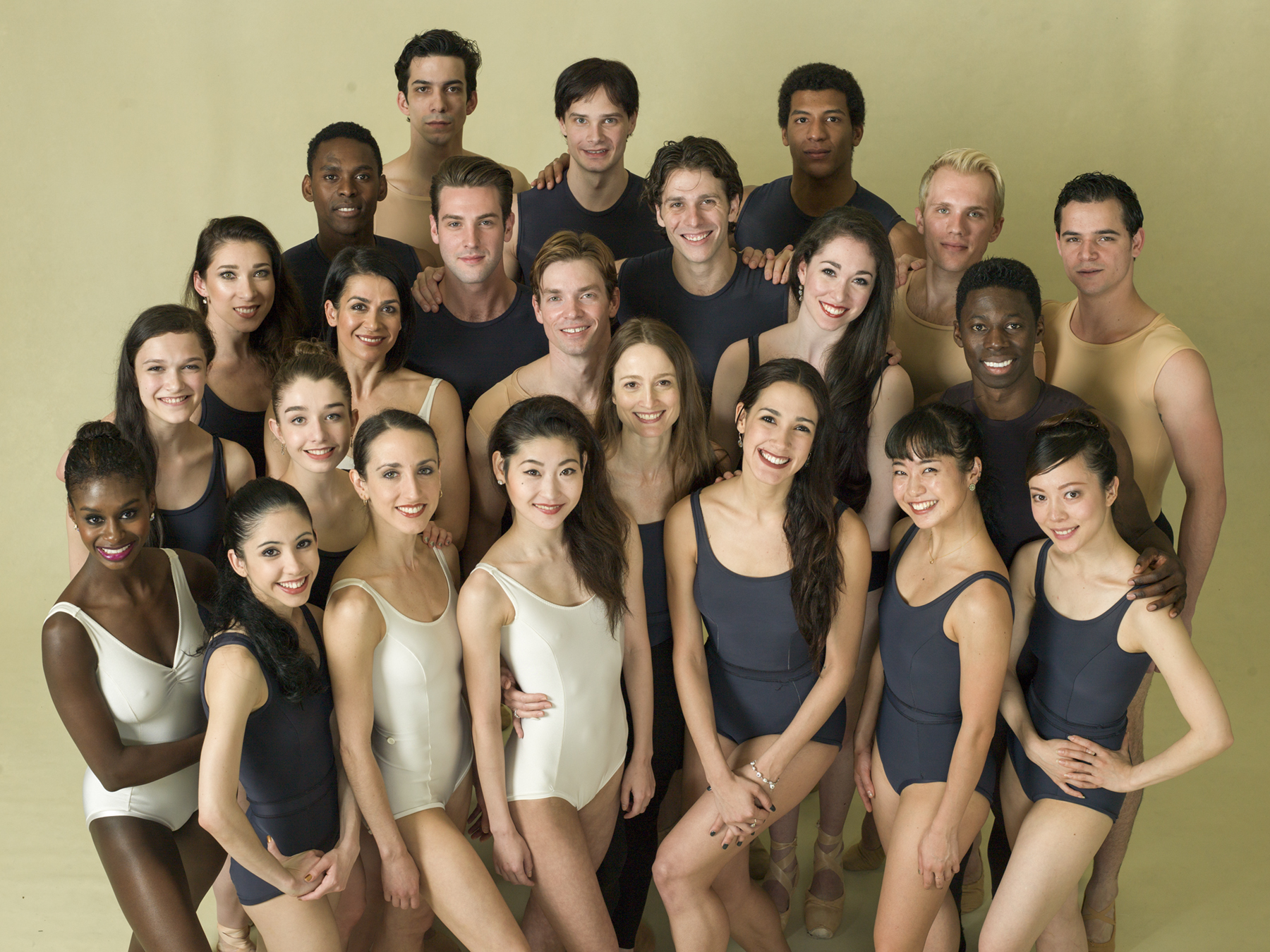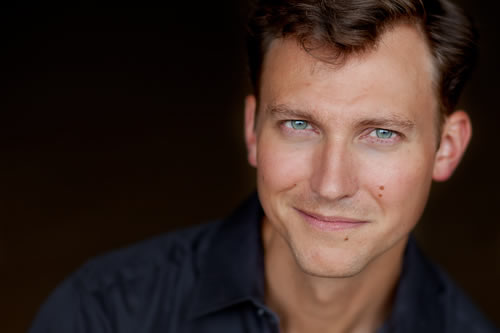By Julian Oquendo
This article was first published March 3, 2020 in DC Theatre Scene here.
Starting this week, Washington, DC is getting a new museum, and a different kind of immersive theatrical experience.
4615 Theatre’s upcoming production, Museum 2040, written by Renee Calarco and currently in its last few days of development by the cast and crew team at 4615, is set in a museum curated to highlight a domestic terror event that occurs in Washington, DC’s future, with exhibitions that detail the political atmosphere of the era.
Repurposing the northwest DC space Dance Loft on 14 to create The National Museum of American Reconciliation, the team behind 2040 is designing an entire museum wing, with audio-visual exhibitions, historical anecdotes, and TED-level talks being filmed, produced, and set up for display as part of the production.
Helming the project, 4615 Artistic Director Jordan Friend looks to the extraordinary future Calarco predicts: “It was the kernel for something extraordinary, but we knew history would be hot on our tail. We’ve spent the past year expanding it into something even more sprawling, terrifying and thrilling than before.”
Which means? The production team is trying to stay ahead of current events while extending out to the year 2040. In the midst of their rehearsal process script lines, exhibitions, and props are being altered based on what frenetic news as it hits. One example described by 4615’s production manager Jade Brooks-Bartlett, is how she thought about the exhibitions and props during the impeachment hearings and acquittal of President Donald Trump.
“Anything Trump related can be expected to change the day before or midway through the production,” Brooks-Bartlett says. A display may be removed or updated, news clips are constantly being added. “It’s a lot of designing as we go.”
The team behind the development of this museum of the future is still focused on creating a traditional immersive presentation of sorts, which they describe as ” providing dynamic historical interpretation of past events.” Their promotional strategy, however, is anything but traditional.
In the weeks leading up to opening, Friend has engaged in an acute marketing strategy, aiming to blend a little of the immersive experience that audiences can expect when they attend this performance. Social media has become their strongest asset. A website for The National Museum of American Reconciliation is up and running. They are offering walking tours of the National Mall of 2030 and other special events. A performance by Sean Harrison (Sean Chyun performing in character) was held at the Harp and Fiddle on February 20th.
Not content to stop there, the production invited small groups of audience members and individuals into their rehearsal process for a number of sessions they’ve dubbed as ‘Beta Testing.’ Picture a preview rehearsal weeks in advance, where actors get to practice their roles, improvising when necessary, among a live audience while they tour the exhibitions. Friend and the production team have been gathering feedback from the groups to continue to make changes.
Friend tells us what they learned from the Beta Testing:
“We had a lot of asks from the audience about what else exists in this [2040] world … For example, we had somebody ask “I wish I knew what happened to the Green New Deal?” and rather than go ‘Oh, we really should add something about this,’we instead go, ‘Ok, lets leave just a few more breadcrumbs about the climate, and then let people construct in their minds what that might imply’. That way, we aren’t just spoon feeding them with world-building, but we’re also identifying the place where people just need a little more of a lead.”
Going one step further, the 2040 team created the short film “I Am Simmons” which drops hints while leaving breadcrumbs for the audiences.
For Calarco, a founding member of The Welders Playwrights Collective, this work is intended to be “unproducible,” impossible, and experimental” in any one specific iteration. When she first developed the piece in 2015, it was already clear that the news cycle would outpace the vision for for the future.
“By June 2016, Donald Trump declared his candidacy, and by January 20, 2017, it was clear that whatever scary fiction I’d invented might be exceeded by reality,” Calarco says.
“Another event is more recent,” Calarco says. “The emergence of the Coronavirus. There’s no mention of it in the play at the moment. As I’m answering this question, we’re five days from opening, so there’s theoretically time to add something.” “Stay tuned,” is a comment Friend and Calarco say often.
“[Museum 2040] is a reckoning, not just with what is happening now, but with how we will choose to remember ourselves,” Friend says.





No Comments